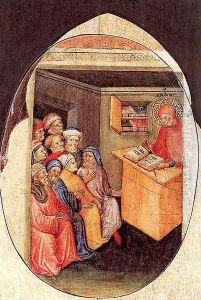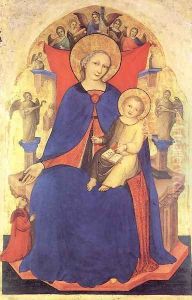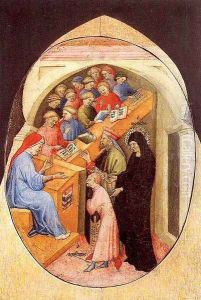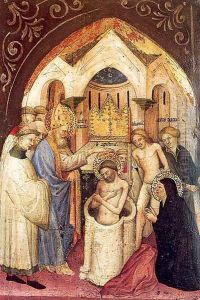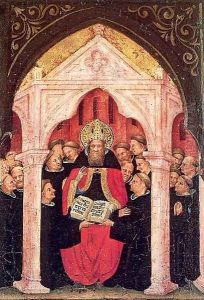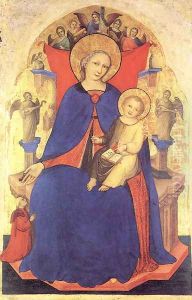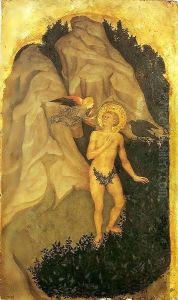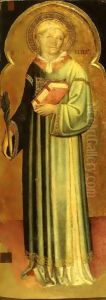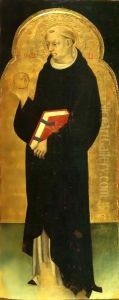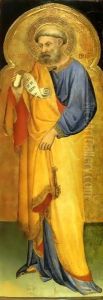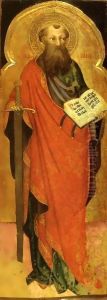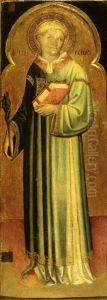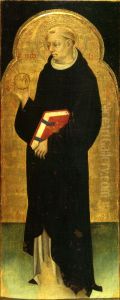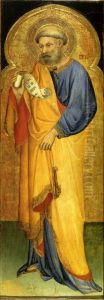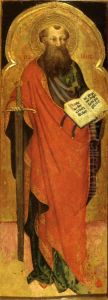Niccolo Di Pietro Paintings
Niccolò di Pietro, a figure around whom little personal information survives, was an Italian painter active in Venice during the early 15th century. His exact birth date remains unknown, but his artistic contributions align him with the period's transition from Medieval to Renaissance styles in Venetian painting. Niccolò's work is marked by the influence of Gentile da Fabriano, a leading exponent of the International Gothic style, under whom he is speculated to have studied or at least been significantly influenced.
Niccolò di Pietro's art is characterized by its vivid color palette, delicate attention to detail, and a heightened sense of emotion, hallmarks of the Gothic tradition that he melded with emerging Renaissance sensibilities. This synthesis can be seen in his altarpieces and devotional paintings, which often feature intricate backgrounds and a strong narrative element, bringing biblical and saintly stories to life with a new vibrancy and depth.
One of his most notable works is the altarpiece for the Church of San Giovanni Evangelista in Venice, showcasing his ability to create complex compositions and his mastery of color. His paintings also reflect the social and religious context of 15th-century Venice, imbuing his works with a sense of piety and devotion that was highly valued by his contemporaries.
Despite the limited information on his life, Niccolò di Pietro's legacy in the Venetian art world is significant. He played a role in the transition of Venetian painting from the medieval period into the Renaissance, influencing subsequent generations of artists. His works are preserved in various museums and churches, continuing to be studied and admired for their beauty and historical importance. However, due to the scarcity of surviving records, much of his life and career remain shrouded in mystery, making him a compelling figure for further research in the history of art.
